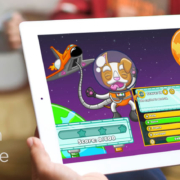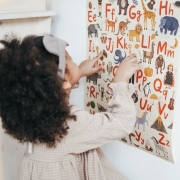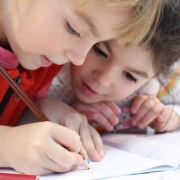Understanding Types of Weather: A Kid’s Guide
Discovering the Diverse Types of Weather Conditions
Weather is a fascinating topic that captivates children and adults alike. It shapes our days, influences our decisions, and affects the environment around us. From sunny days to stormy nights, understanding the various types of weather conditions can be both educational and fun.
H2: The Common Types of Weather
When we talk about the "types weather" conditions, we often think about the common ones we experience in our daily lives:
Sunny: Bright and clear, with lots of sunshine.
Cloudy: The sky is covered with clouds, but it might not necessarily rain or snow.
Rainy: Drops of water fall from the sky.
Snowy: Flakes of frozen water, or snow, fall from the sky.
Windy: Strong breezes or gusts of wind.
Foggy: Thick mist that makes it hard to see far.
H2: Weather Forecast and its Importance
A "weather forecast" is a prediction about what the weather will be like in the near future. It can be a daily forecast, predicting the next day's weather, or a long-term forecast, predicting the weather for the entire week or even month. Forecasts help people plan their activities, farmers decide when to plant crops, and even schools determine if they should have outdoor activities.
For more exciting games and activities related to weather, check out this link.
H2: Fun Facts and FAQs about Weather
Q: Why is weather forecasting important?
A: Weather forecasting helps people plan their day, stay safe, and even predict natural disasters.
Q: What instrument measures wind speed?
A: An anemometer measures wind speed.
Q: How can we know if it's going to rain soon?
A: Dark, heavy clouds, a sudden drop in temperature, and increased wind speed can all indicate rain.
Remember, while weather can change rapidly, understanding its various types and patterns can provide insights into the world around us. So the next time you look out your window, take a moment to observe and appreciate the wonders of nature's weather.











